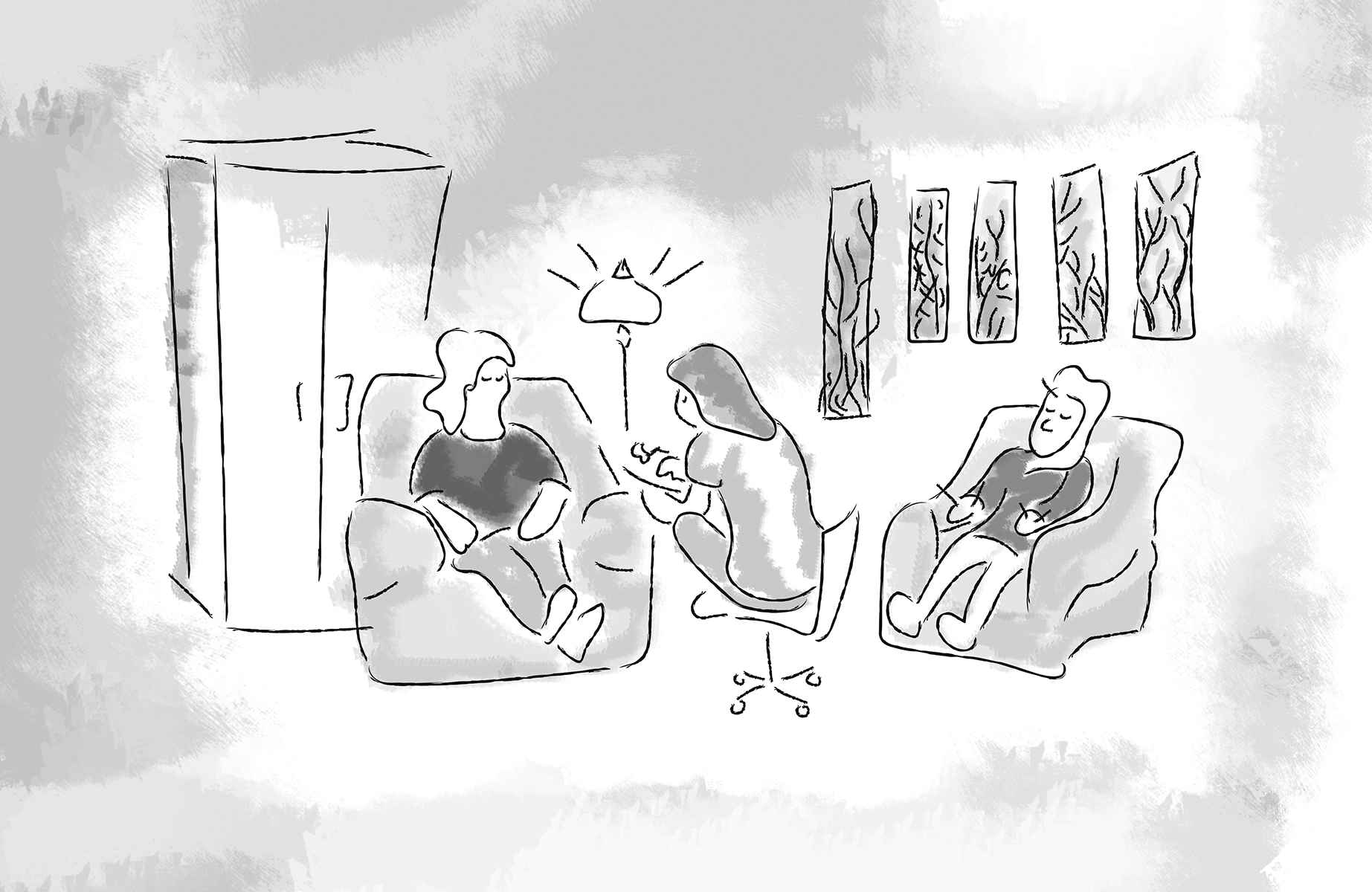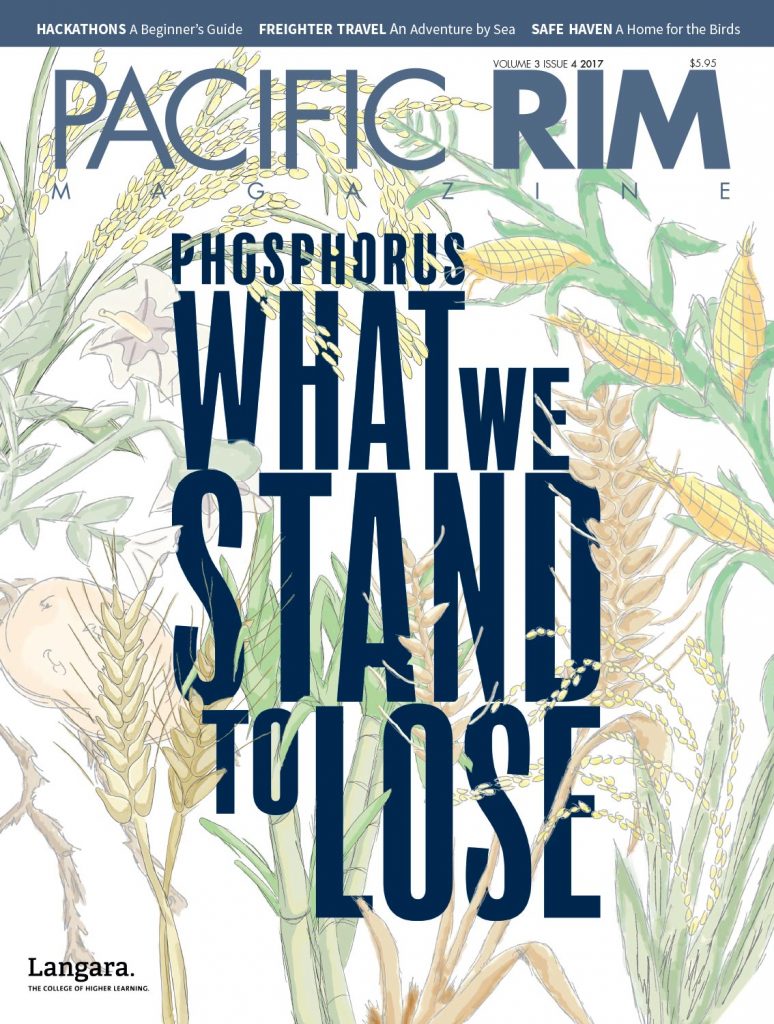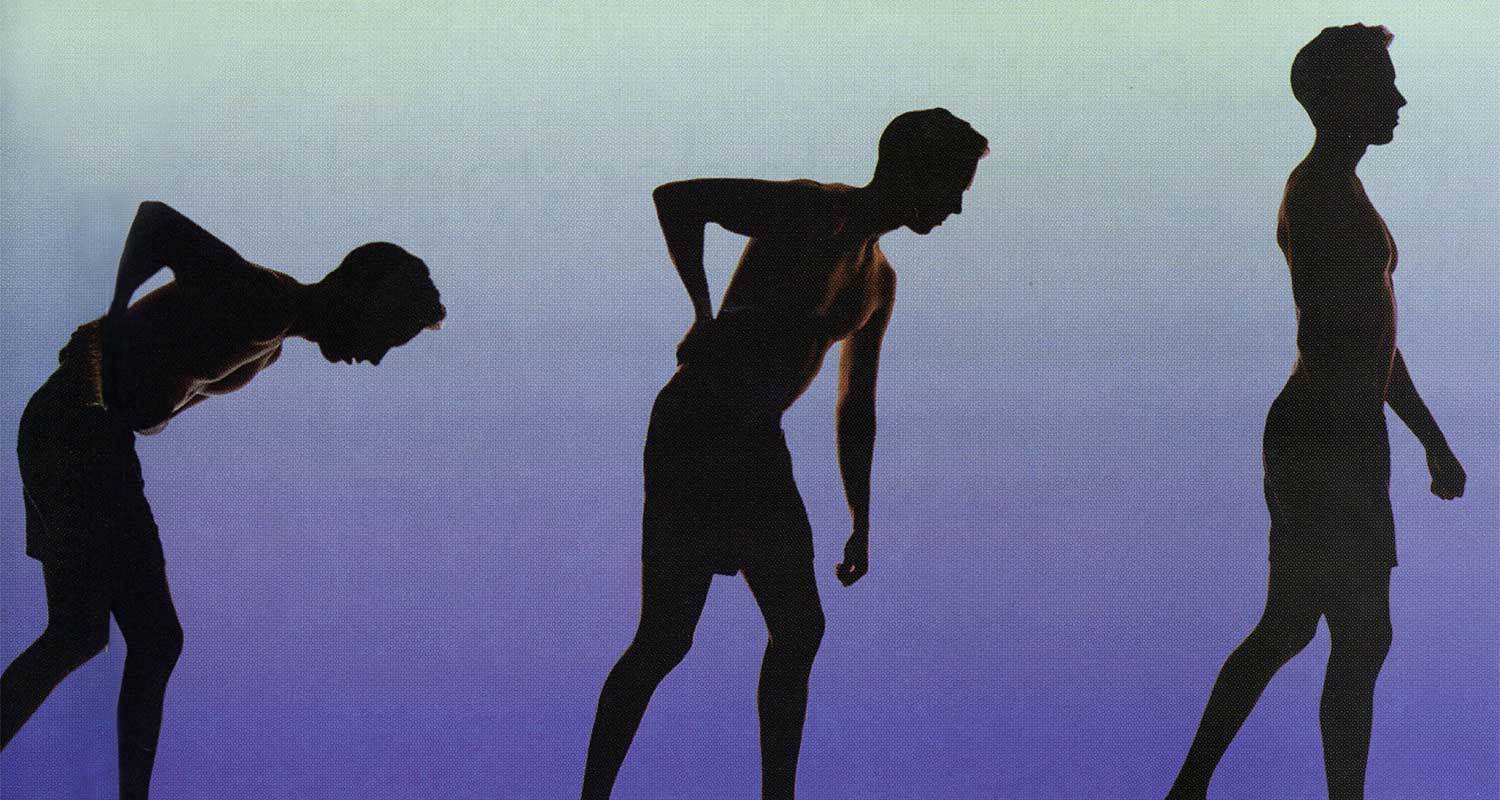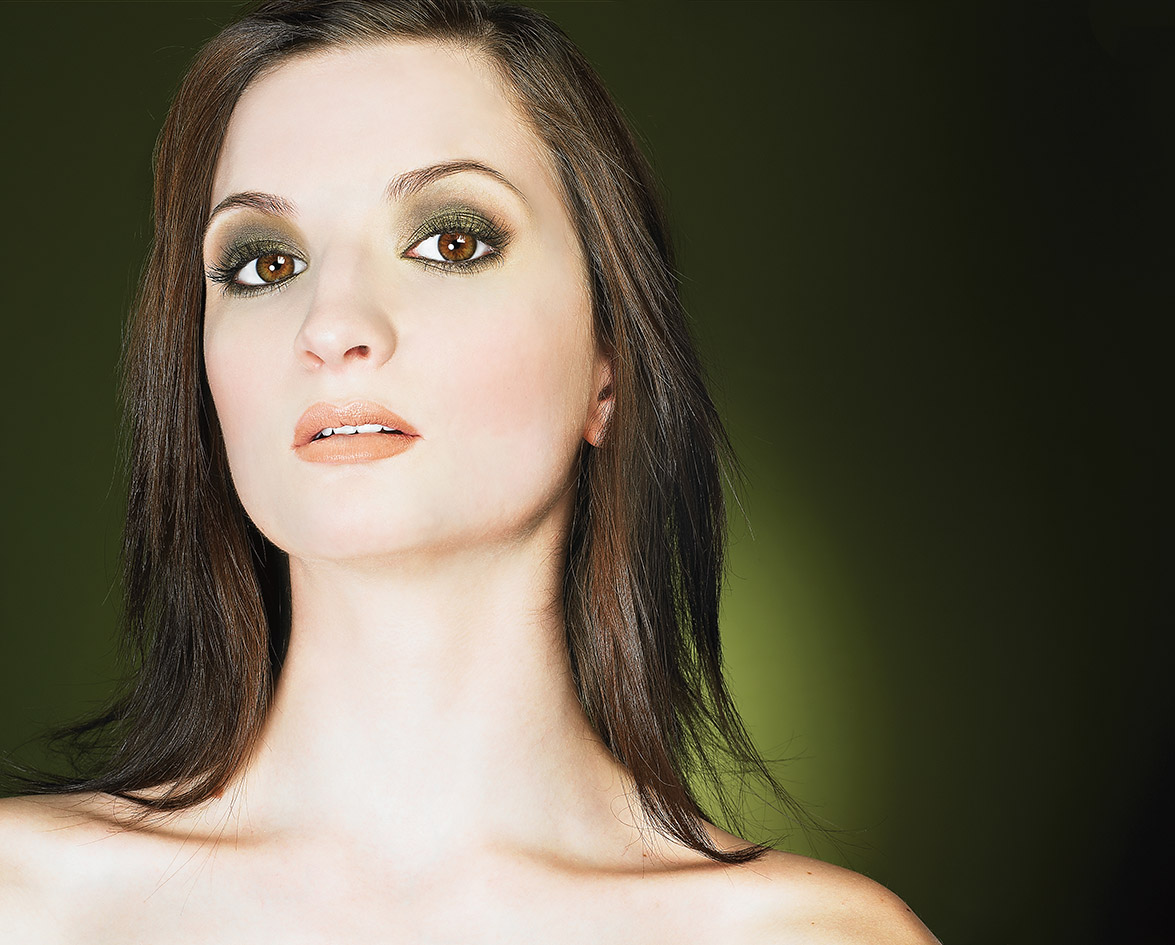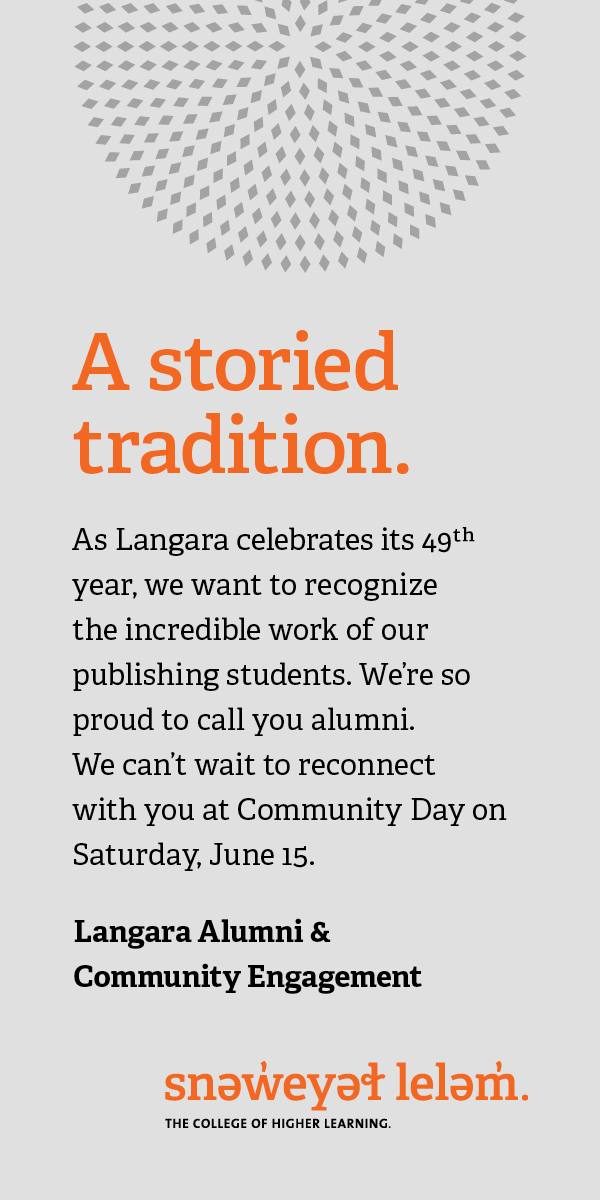On the door of Poke Community Acupuncture, a sign invites you to be quiet. A smiling volunteer softly asks how you are feeling: if you are tired or hurt. Anyone looking for acupuncture treatment is welcome to visit the clinic, and a team of acupunks (the practitioners) and pokaroos (the volunteers) do their best to make the clinic feel like a safe space in Vancouver’s East Side.
A feeling of belonging is what Darcy Carroll, owner of Poke Community Acupuncture, hopes to convey. When she first started working as an acupuncturist, Carroll felt the high cost of treatment made it hard to attend a one-on-one session, even for herself. She decided to start her own compassionate practice by setting accessible rates. Poke opened its doors in 2009. Carroll works alongside four other acupunks and pokaroos, and the clinic helps around 300 people per week.
On the first visit, Poke requires all patients to fill out an extensive questionnaire about their health history. After reviewing the questionnaire, an acupunk consults with the new patient for 20 minutes before the treatment. The low price encourages patients to come back as often as they want, creating an opportunity for enduring relationships between patients and practitioners. Each patient pays $20 to $40 based on a sliding scale.
Acupuncture is part of traditional Chinese medicine. It’s based on the theory that illness is caused by an energy blockage in the body. The energy, traditionally called qi (pronounced “chee”), flows through pathways in the body called meridians. People can get sick or feel pain when something disturbs this flow of energy. In order to get energy flowing freely again, needles, and in some cases heat or pressure, are placed on specific points of the body.
At Poke, the acupunks practice a method popularized by Dr. Richard Tan, in which needles are placed in afflicted areas to balance the energy flow. “We quite like this method in that it gives us instant feedback. If we are treating elbow pain, for example, we can needle into a knee to treat this. We can ask the patient to move the elbow and give us feedback,” says Carroll. “This is possible to do because the patient does not have needles in the elbow, and thus can move around.”
The basic theory present in both conventional and community acupuncture is the same, but the experience and the cost are quite different. At a typical acupuncture session in Vancouver, a practitioner examines one client at a time in what looks like a doctor’s office. A single session can cost up to $200. At Poke, like other community acupuncture clinics, patients are treated together in a large room. They sit in comfortable chairs, and the lights are pleasantly dimmed. The room is silent, and patients with needles poking out of various parts of their bodies can be found sleeping under warm blankets.
Patients controlling their own access to treatment is one of the aspects of community acupuncture that Carroll likes the most. “In order for people to be healthy, they have to have a choice. I want to give them the opportunity to choose their treatment. So, it’s about empowerment,” she says. Another advantage is the collective room setting. The clinic promises that even though the room is shared, the patients have their private space respected. Carroll says that the collective environment actually helps the healing process because, “Nobody heals in isolation.”





